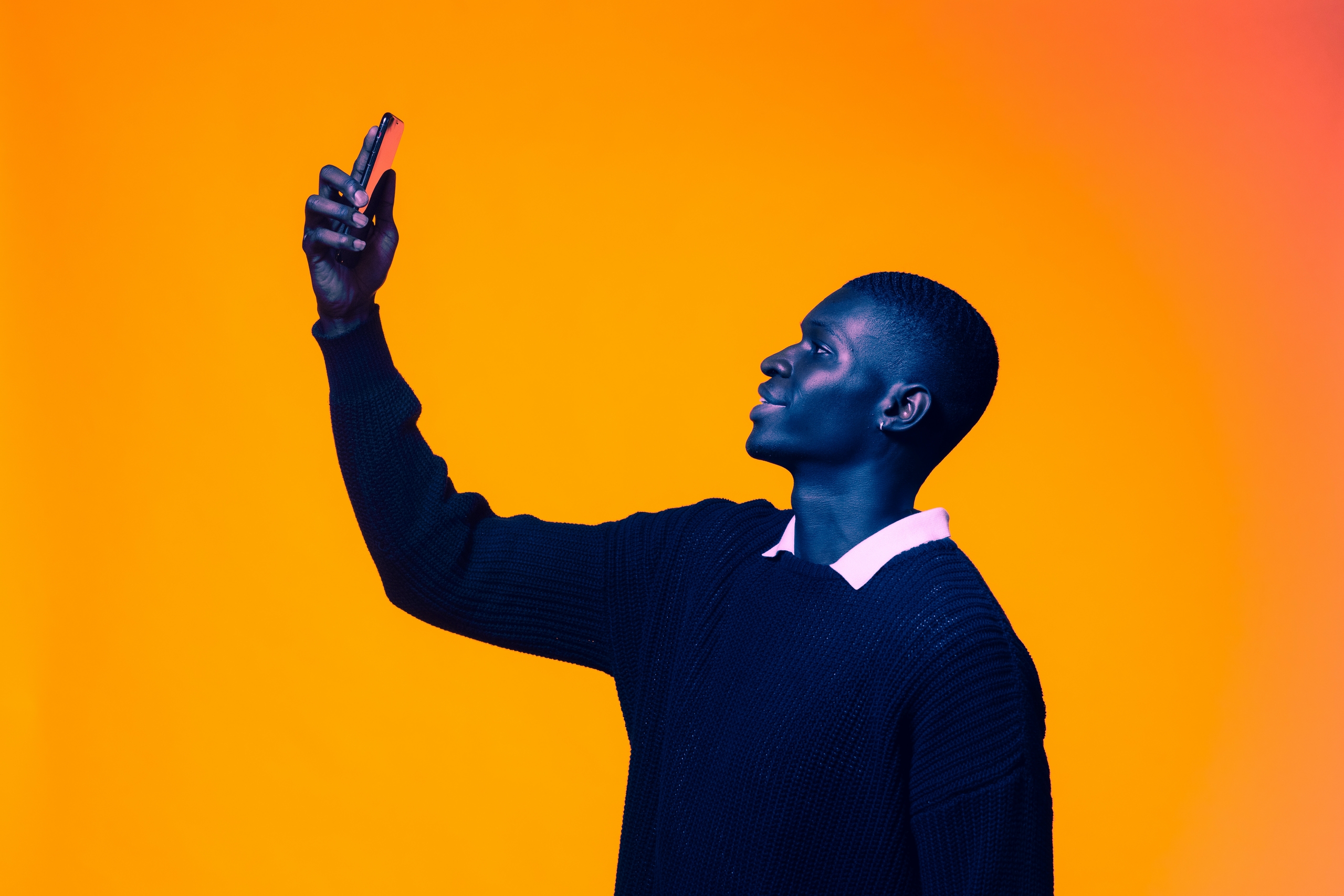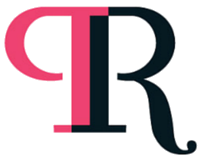
Step 1: Proceed with caution.
Step 2: Stay on your toes.
These mantras seem easy enough to follow, but I continue to hold them close as I browse social media daily. We understand how all-encompassing it can be for those of us who have created brands and legacies in this space. Each time I hear a notification ding , I automatically reach for my phone to catch up on the latest news or connect with a potential client.
While it may seem as though social media has a bit of an undeniable hold on us, its purpose extends beyond just a social media website. This is our living real estate, the spaces we intricately curated that hold our ideas, our community, and, let’s be honest, our income. So what do you do when you realize that this “space” we moved into is prime real estate but not for sale? Without warning someone can place an eviction notice on our door, and all our hard work could be gone in a single snap. So how do we get ahead of that possibility? This is something I think about daily and why I mentioned step 1.
Platforms like LinkedIn, Facebook, Twitter, and Instagram have been integral in brand formation and audience attainment. But in light of last month’s news of Elon Musk’s acquisition of Twitter, we have to acknowledge that the security we once felt on these sites is, in fact, fleeting. So, where does that lead us? Step 2.
It is our job to maintain not just our image but our narrative. But how do you do this when the platforms that you’ve built your bread and butter on continue to transform into a shell of themselves? This is especially crucial when there’s a high probability that these digital spaces may be gone one day. Where will your audience go? How will you keep them engaged? How will they reach you? How will you find them? These are some of the questions we need to ask ourselves as shifts in platform ownership come knocking. So while celebrities have threatened to leave these sites – most notably, Jameela Jamil – what do everyday brand curators do when they simply can’t?
To circumnavigate this, the message is clear: grab your bricks and get to building. Having a designated place where you can guarantee access for super fans and clients is key when considering the impact of audience engagement and income control. While diversifying your content across platforms is helpful in brand identity and development, owning that content in more ways than none is a game-changer.
At WritersBlok, our superpower is recognizing how to turn our client’s personal stories into brand assets. We provide you with the tools to identify and maximize audience engagement through authentic and compelling brand storytelling. Don’t hesitate to reach out if you are ready to build.

Launch a Personal Website
Your website is a digital portfolio and hub for engaging with your community. While social media platforms are customizable, here is where your brand identity shines through. A personal website can be a launchpad for your webinars, workshops, speaking engagements, podcasts, and thought-leadership content when done correctly.
The self-proclaimed “marketing maverick,” Lauren Maillian, has done a phenomenal job of leveraging her personal website as an extension of her social media footprint. While her social media platforms personalize her brand through captivating imagery, her website launches her audience headfirst into her multi-hyphenate life. There, she controls her narrative and introduces a space where her community can engage with tailor-made content, set on amplifying the many hats she adorns. Clean, detailed, and informative, Maillian has the right idea.
Moreover, with a recent uptick in popularity, e-based platforms have also allowed creators like journalist Tim Herrera to stay ahead of the curve. He does so by offering services directly to his audience to cater to their specific needs. His educational platform aims to help journalists maneuver the world of freelancing through monthly panels and workshops – solidifying his spot as an industry authority. Bozoma Saint John, Arlan Hamilton, and Luvvie Ajayi Jones have also taken similar routes by offering a multitude of workshops aimed at self and brand development to create a new generation of leaders.
Share Your Thoughts in a Newsletter
It can sometimes be challenging to filter out what’s relevant in a world constantly surrounded by endless noise. As shown with our very own “Reiding Between the Lines,” this is how you foster an intimate and edifying relationship with your community. A newsletter provides a concise glimpse into the things deemed noteworthy to you and, by extension, your audience. I introduced this newsletter because I saw the need for a more personal approach to how I shared my thoughts and ideas. With a current open rate of 78% thus far, I’m grateful for your feedback and continued support of the work that I do.
One newsletter that has quickly become a personal fave is Trapital, by founder Dan Runcie. In his free weekly memo, he aims to take hold of the reins and lead the conversation on Hip-Hop culture, business leadership, and artist curation. With a readership of 15k+, Trapital “cuts through the noise and keeps you informed on the latest news.” So whether you’re an industry leader, or just curious about the rise to stardom of your favorite artist, Runcie has something for you. From “first looks” and personal essays to conversations with the industry’s top execs, Trapital is bringing the world to your inbox with a simple click.
Author and publishing industry expert, Jane Friedman, even recently shared that she earns approximately $70,000 a year just off her newsletter alone, sharing her revered knowledge on the world of publishing, and industry hot topics. Yes, you read that right. It’s clear that while your newsletter may not be for everyone, there’s enough room for all of us, and it’s our job to go out there and own it.
In a nutshell, your newsletter is yet another way to share your interests and passions with your audience while allowing them to embark on your personal journey with you.
Keep in Touch With a Text Community
Of course, emails are great, but how often do you check them? Now compare that to how often and quickly you check your text messages. Reportedly, 60% of customers read texts within 1-5 minutes of receiving them, making for incredible customer engagement and keeping you top of mind.
Understandably, when you have social media platforms to maintain, a personal website and newsletters to upkeep, starting a texting community can feel like too much. But, as we first saw with the ingenious Ryan Leslie, in 2016, when they support you, your tribe will never pass up an opportunity to engage with you directly. While his fans always connected with him through his music, Leslie admitted that his relationship with his fans on social media felt empty. He didn’t know who they were, where they lived or what they did for a living. But now, Leslie sends personalized texts on birthdays or exclusive access to local shows. He’s been able to turn text messages into dollars and cultivate a lifelong fanbase.
As “non-traditional,” and maybe invasive, as this route may seem, social media continues to strip away the veil of mystery we once offered to our celebs and influential figures. Communities thrive when your audience can see themselves as a part of them, in real-time. Some texting communities on the rise are from podcaster Nicky Saunders and the aforementioned Luvvie.
No matter which route you choose, the key takeaway here is ownership. To ensure you’re always the one in the driver’s seat, you have to be the one with the keys. Don’t allow anyone but you to determine your brand’s future.
So, let’s get to building! And if you don’t know where to start, no stress! Reply to this email, and let’s set up a whiteboard session to get you started on your path to owning your own brand real estate.
